Travel Guide: The Best of the Czech Republic.
The Czech Republic sits in the center of Europe, with Germany to the west, Poland to the north, Slovakia to the east, and Austria to the south. It is said that the country has one foot in Western Europe, the other in the Slavic East. We’ve been the the Czech Republic 7 times, it’s one of our favorite European countries.
While Prague is where the majority of tourists go, the regions of Bohemia and Moravia have many highlights worth exploring. Covering the western two-thirds of the Czech Republic, Bohemia has breweries and hilltop ruins while, to the east, the region of Moravia is known for its vineyards (producing surprisingly good wines) and some beautiful – and much less-visited – towns and cities.
Places to see in the Czech Republic
Prague
An incredible city of bridges, cathedrals, towers and church domes, it has over 10,000 years of history. It’s one of Europe’s most charming and beautiful cities. Many of Prague’s most important attractions date to the 14th century when the city thrived under the rule of Charles IV. Almost undamaged by WWII, the city’s medieval center is a wonderful mix of cobbled lanes, walled courtyards, cathedrals and churches – as well as one of the largest and oldest castles in the world. Highlights: Prague Castle, Charles Bridge, the Old Town (featuring many highlights including the Tyn Church and the Astronomical Clock), the historic Jewish Guetto and the Lesser Town under the shadows of the castle.
See this post: 50 Things to do in Prague
And this post: Unusual things to do in Prague
Our guide to spending 3 days in Prague.
If wondering where to stay in Prague: Where to stay in Prague
Recommended Tours: This 2.5 Hour tour of the castle. Also, this half day walking tour of the Old Town.
Day trips from Prague:
Karlštejn Castle
30 km southwest of Prague, it is one of the most beautiful and visited castles in the Czech Republic (and the most popular day trip from Prague). It was completed in 1365 under the reign of the Holy Roman Emperor Charles IV. The area is also good for hiking: there is a picturesque 12 km hike from the castle to the Svatý Jan Pod Skalou monastery through the Bohemian Karst protected area (path meanders through forest, streams, and some hilly ground). Note that once at the monastery you have to hike another 8 km to Beroun to take the train back to Prague.
Recommended Tour: This half day Tour from Prague. The easiest way to see Karlštejn.
.
Kutná Hora
Another popular day trip from Prague, this medieval city is famous for the bone church (Sedlec Ossuary – human bones hang from ceiling and a chandelier is made using every bone in the human body), the Cathedral of St. Barbara (one of the country’s most impressive cathedrals), and the Czech Silver Museum where you can tour medieval mine shafts (Silver made Kutná Hora prosperous in the 14th to 16th century).
Accommodation: We stayed at Penzion U Brany while in Kutna Hora. Recommended.
Organized Tour. Don’t wan’t to plan anything? Take this tour from Prague.
More Reading: Why you should visit Kutná Hora
.
.
Best of Bohemia
Český Krumlov.
Very popular with tourists and for good reason – this small town features a spectacular castle (the 2nd largest in the Czech Republic), a beautiful old town built within a horseshoe bend of the river Vlatava, and some interesting museums. You can take a tour of the Graphite mine where you’ll get to wear a miner’s uniform and be transported underground by a miner train.
Hotel Recommendation: We stayed at Penzion Onyx . It’s about 15 minutes walk from the old town but it’s really nice (and if you have a car parking spot). And it’s cheaper than the options in the heart of the old town.
Organized tour: This Full-day tour is recommended – they’ll pick you up at your Prague hotel, you’ll get a guided tour and entry into the castle.
More Reading: What to Do in Český Krumlov
.
České Budějovice
The largest town in Southern Bohemia with 94,000 inhabitants. České Budějovice has a several historical landmarks around its immense town square: St. Nicolas Cathedral, the Black Tower, Samson’s Fountain, and the yellow-colored Vcela Palace. The city is also home to the Budvar brewery, the home of the ‘real’ Budweiser beer (there have been many trademark disputes with the ‘Budweiser’ beer sold in North America). You can take a guided tour of the brewery and drink some beer. A nice city to stay but also an excellent place to use as a base to explore South Bohemian highlights including Český Krumlov (which can get overrun with tourists) and nearby Trebon.
Recommended Hotel: Hotel Budweis (really nice hotel, right in the center).
.
Plzeň
Another pretty Czech city, it is the birthplace of the Pilsener beer variety (which is derived from the city’s name). It has the second largest synagogue in Europe (3rd largest in the world after Jerusalem and Budapest), the Pilsen Urquell Brewery (take a beer tour) and the Pilsen Zoo (home to over a thousand species of animals in natural conditions without bars).
Recommended Hotel: Hotel Rango (Very modern, clean, right in center).
.
Karlovy Vary
Fashionable town, the closest thing to a glam resort in Czech Republic – the town is especially popular with German and Russian tour groups. Sulphur baths, hiking, lots of cafes and restaurants on the riverside. Go up the Diana Lookout Tower for great views of the town and surroundings.
Recommended Hotel: Hotel Ontario (centrally located, great rooms, close to everything).
.
.
Best of Moravia
Telč
A small, sleepy town, it is the best preserved of all the Bohemian and Moravian Renaissance towns and the historical heart is a Unesco World Cultural Heritage site. Unique because of fish ponds built around the old town square.
Hotel Recommendation: Hotel Celerin (nice rooms, great location, fantastic value).
.
Brno
The 2nd largest city in the Czech Republic (pop 380,000) located in a beautiful natural environment between the South Moravian vineyards and the Moravian Karst (see more on this further below). The city has the 2nd largest historic preservation zone in the country (1st is Prague, 3rd is Olomouc) with a mixture of architectural styles. Things to see: Three castles, the Brno Underground (a labyrinth of cellars including the 2nd biggest ossuary in Europe), the Catheral on Petrov Hill, the Basilica of the Assumption of Our Lady, St. Jacob’s church, the Moravian museum. Brno is the cultural hub of Moravia as well as a university city.
Recommended Hotels: Dům U pikové desítky is an excellent affordable option. Higher end is Grandezza Hotel Luxury Palace: a beautiful hotel located on Cabbage square, the prettiest square in Brno.
Tour: I recommend this inexpensive 2 hour walking tour of the old town.
More Reading: We spent a month in Brno. More here on Brno along with some day trips.
.
Olomouc
Lying on the Marava river and surrounded by the fertile Hana plain, Olomouc may be the undiscovered gem of the Czech Republic with its beautiful buildings, great culture, and unique restaurants, bars and pubs. We love this town. It is quiet in the summer but livens up in September when 20,000 students converge on Palacky University, one of the largest and most prestigious universities in the country. The city has some of the most beautifully decorated churches in Central Europe (St. Michael’s church, St. Wenceslas Cathedral, St. Moritz church), a huge town hall, and many impressive monuments, fountains and parks. Close to Olomouc are other sights of interest including Bouzov castle, the Javoricko caves, Helfstyn castle, Kromeriz, and Litomysl.
Hotel Recommendation: We stayed at the Hotel Penzion Hrade which was excellent. Beautiful big room, great location, good breakfast.
More reading: Loved Olomouc. More on why you should visit Olomouc.
.
Nature and Hikes
Visit the Bohemian Paradise Geopark in North Bohemia, a picturesque landscapes in the foothills of the Giant Mountains. This region was made the first Natural Protected Landscape Area in 1955 in the former Czechoslovakia and is revered for its many castles and chateaus built on a terrain of sandstone rocks. The town of Turnov is the closest to most of the castles and rock formations. Krakonoš (the Giant Mountains); the highest mountains in the Czech Republic along the Polish border. The most popular Czech ski resorts are located in this area. North of Brno, in the Moravian Karst, is the Macocha Gorge, a 138m deep gorge. The Punkva River begins to run underground here through the Punkveni cave system. The whole area is a popular tourist attraction; in addition to caverns, the nature preserve also contains bicycle trails and hiking paths. Also; see the hike to the Svatý Jan Pod Skalou monastery above under Karlštejn Castle .
Costs
Currency: Czech koruna (Kč). Approx 23 Koruna to the USD.
Accommodation: Hotel rooms (see Booking.com) can be found starting at around $50.
Food and drink: Czechs drink more beer (pivo) per capita than anyone else in the world; not only is Czech beer considered the best in the world, it is cheap! (less than $2 for a 0.5 liter draught). Czech food often consists of pork, game, dumplings and cabbage but you’ll also find sandwich shops, pizzerias, and Chinese restaurants. Vegetarian food can be hard to find outside the larger cities. Approximate costs: Lunch for one in a pub: $6, lunch for one in a sandwich bar: $4, Dinner for two in a mid-range restaurant: $30.
Related: Prague or Budapest – which to visit?
Related: Why we keep falling in love with Prague
Related: 12 Surprising Places to See (that you may never have heard of)
Ps. If you find our blog helpful, please consider using our links to book your flights, hotels, tours, and car rentals. Have a look at our Travel Resources page.

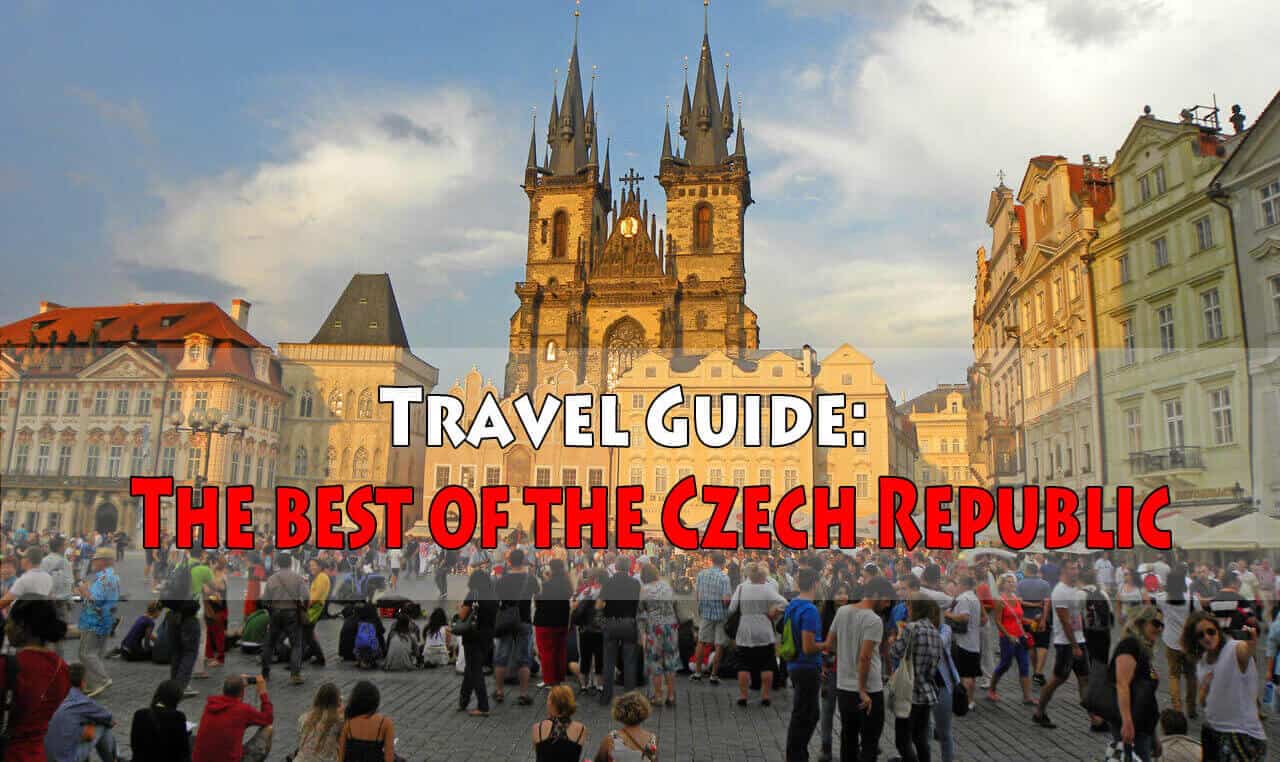
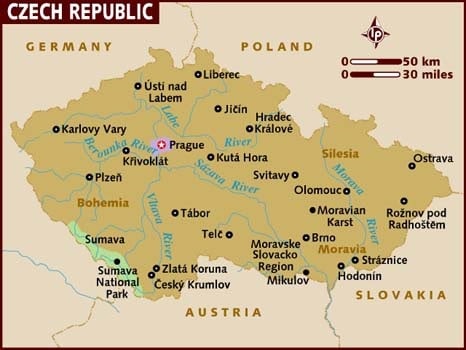
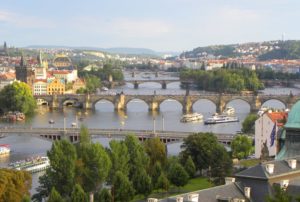
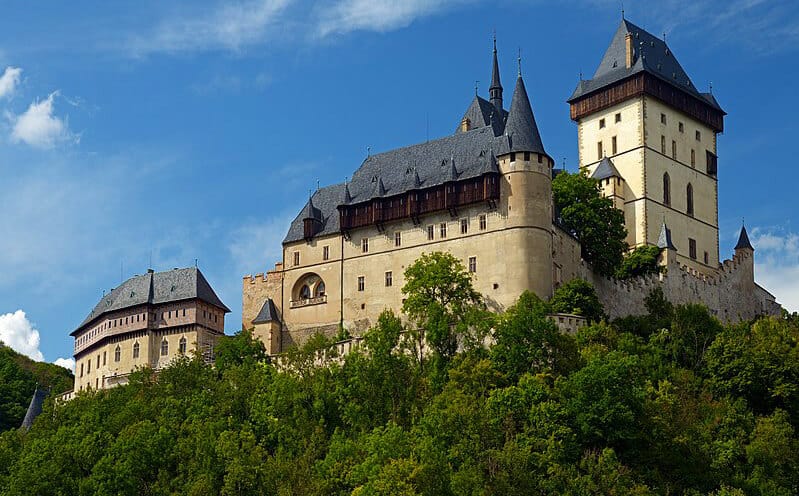
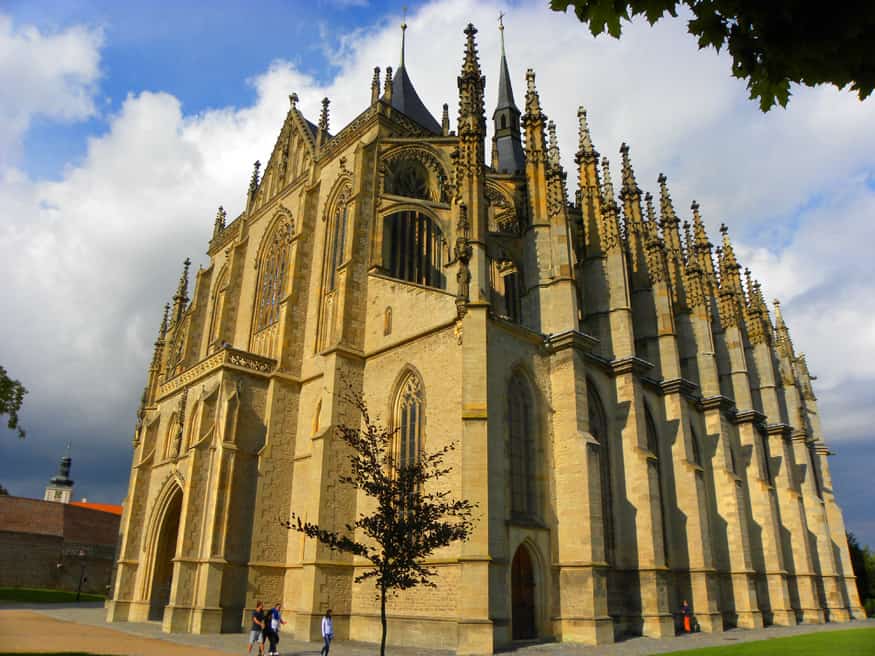
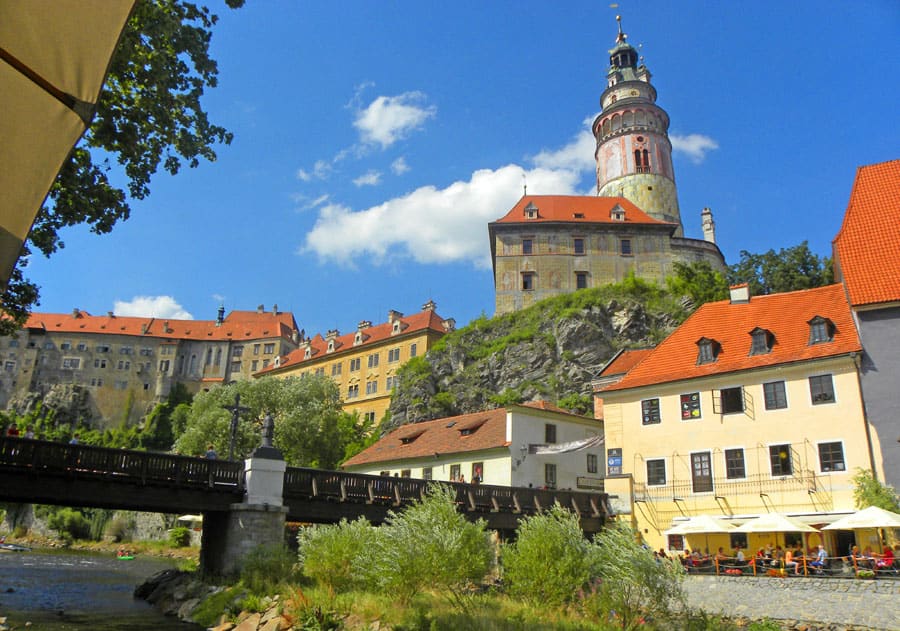
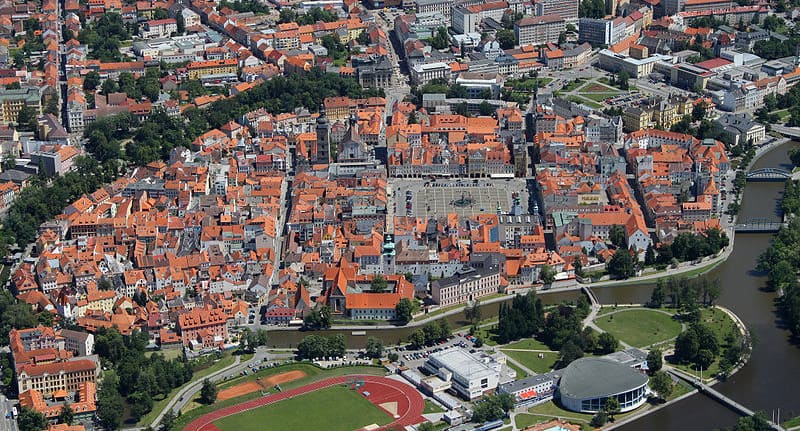
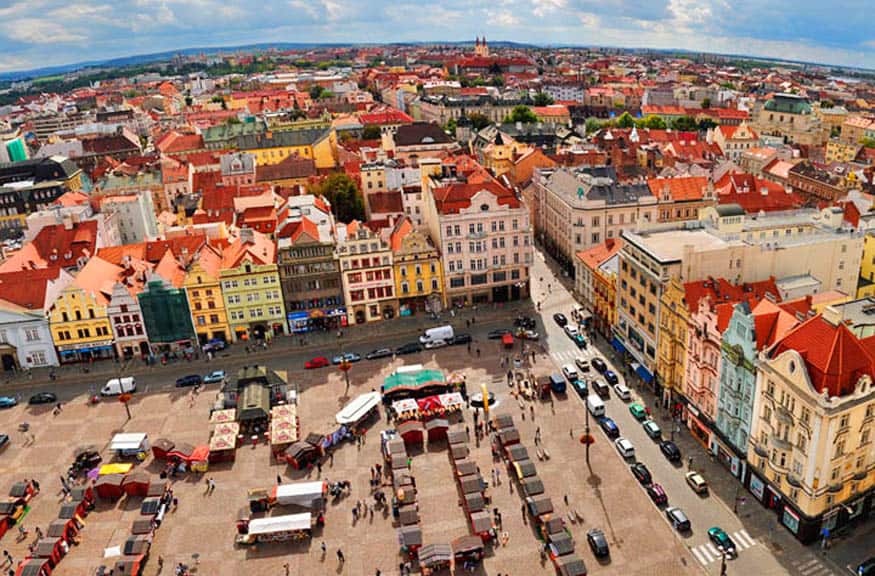
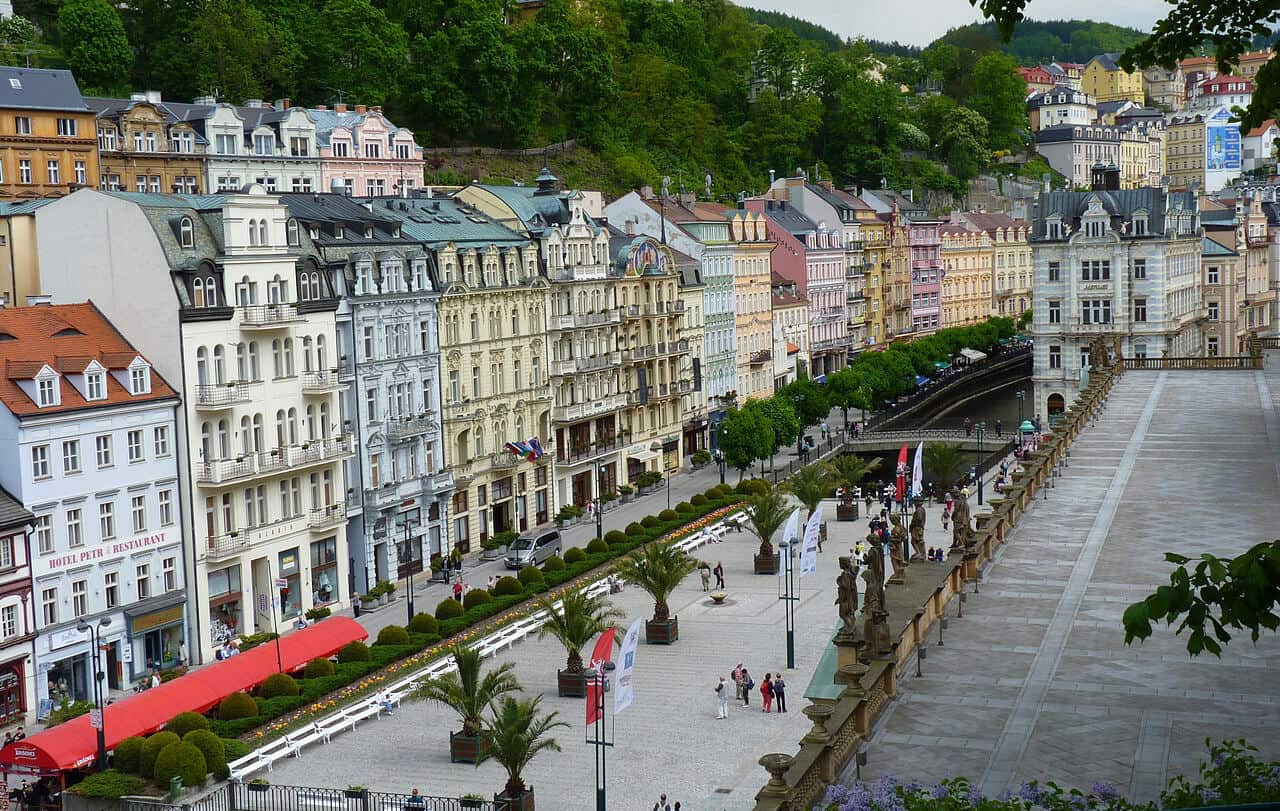
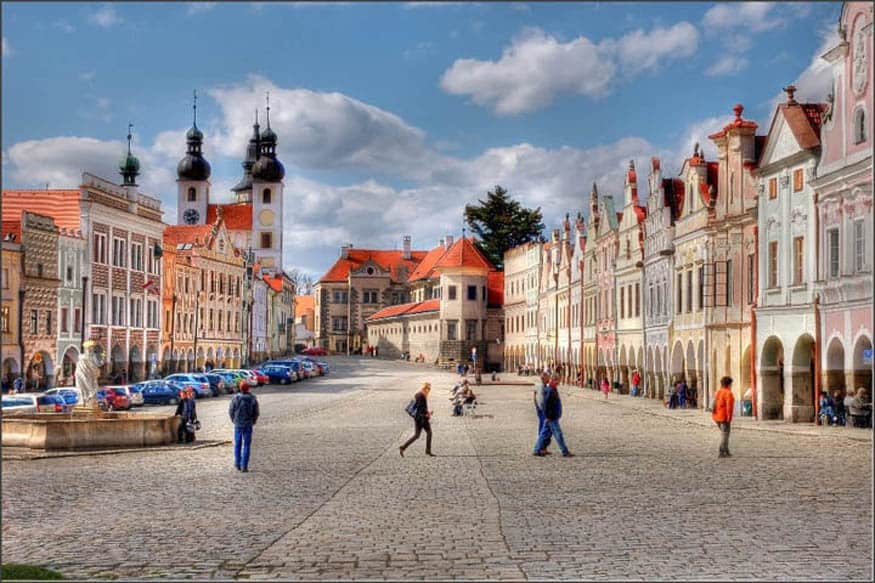
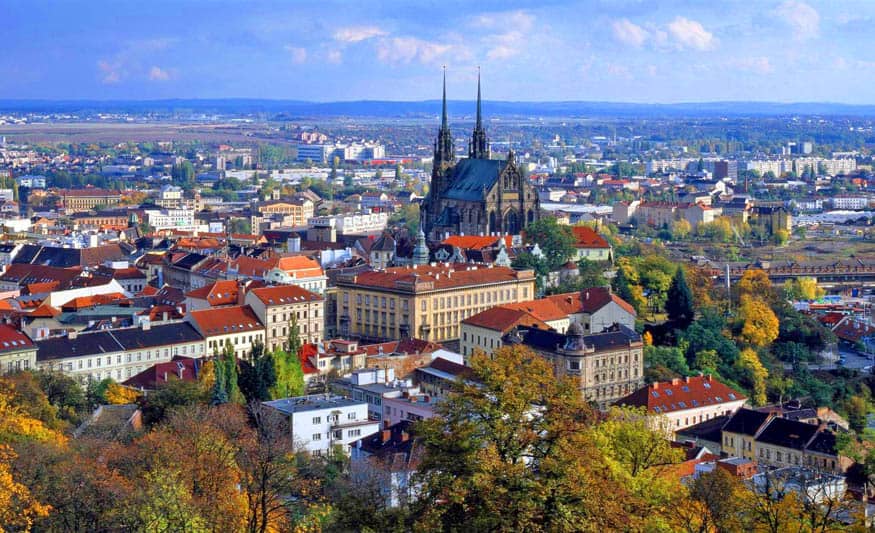
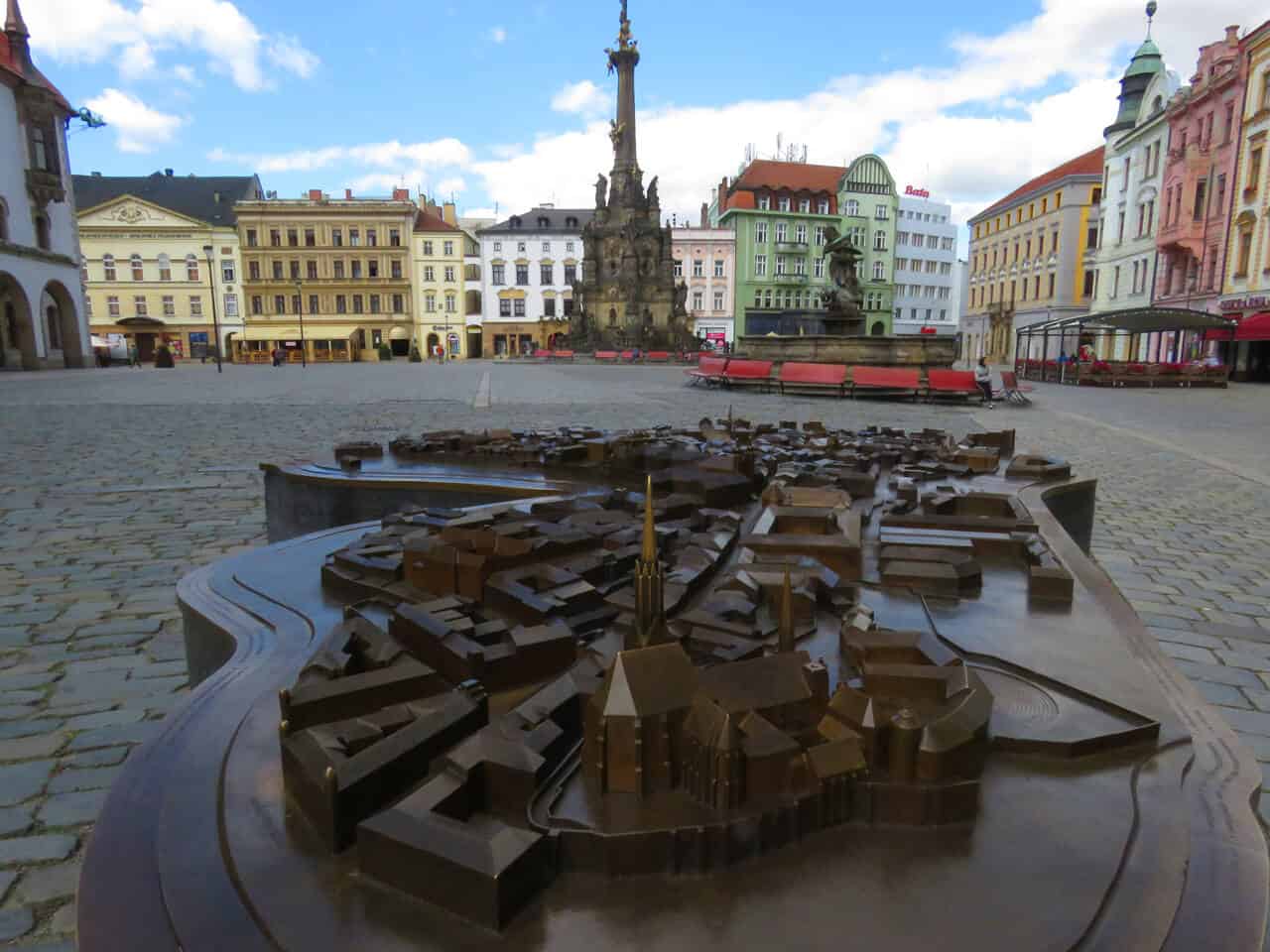
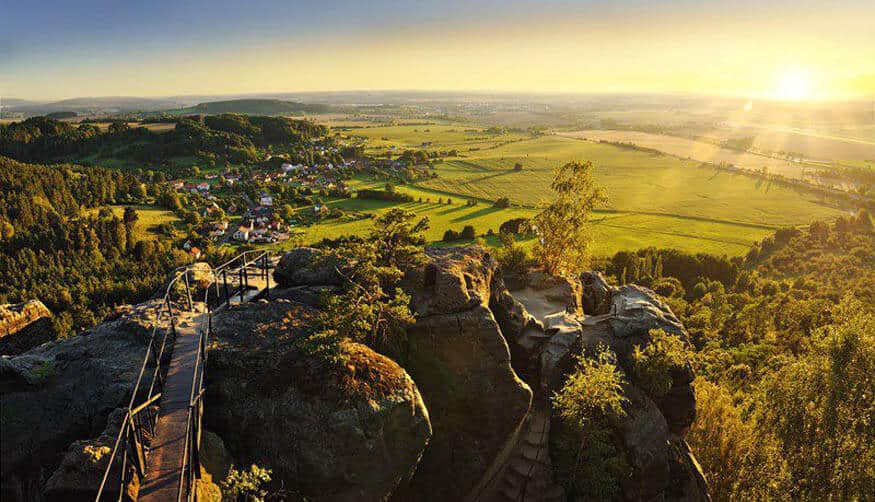
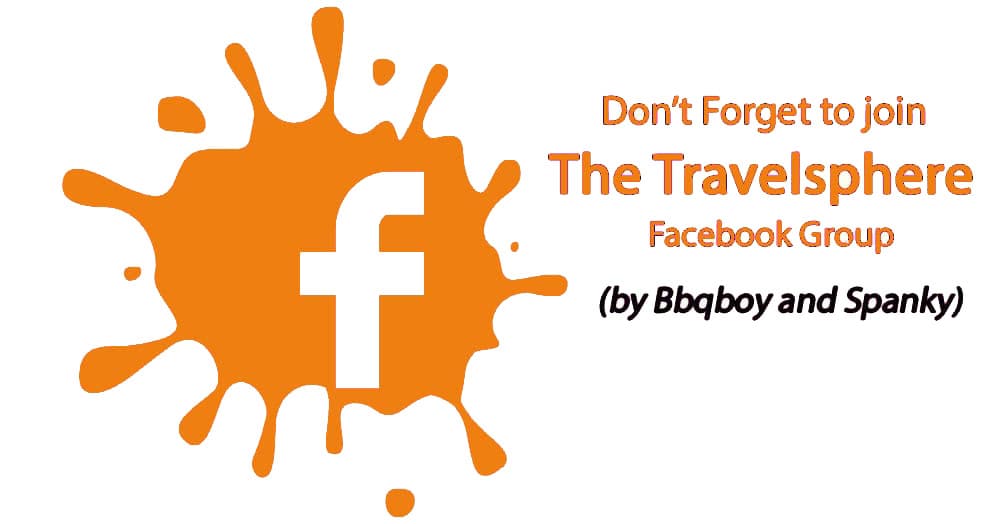
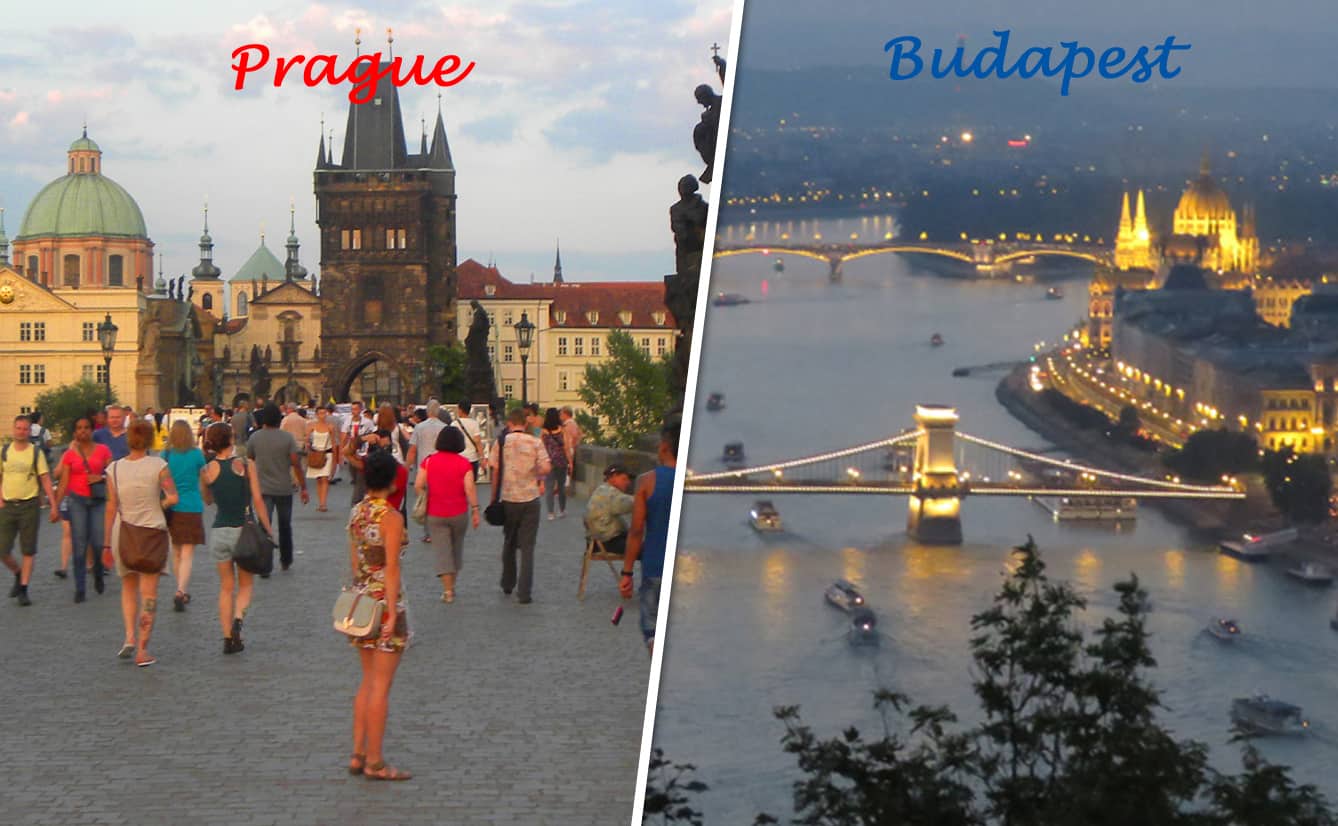
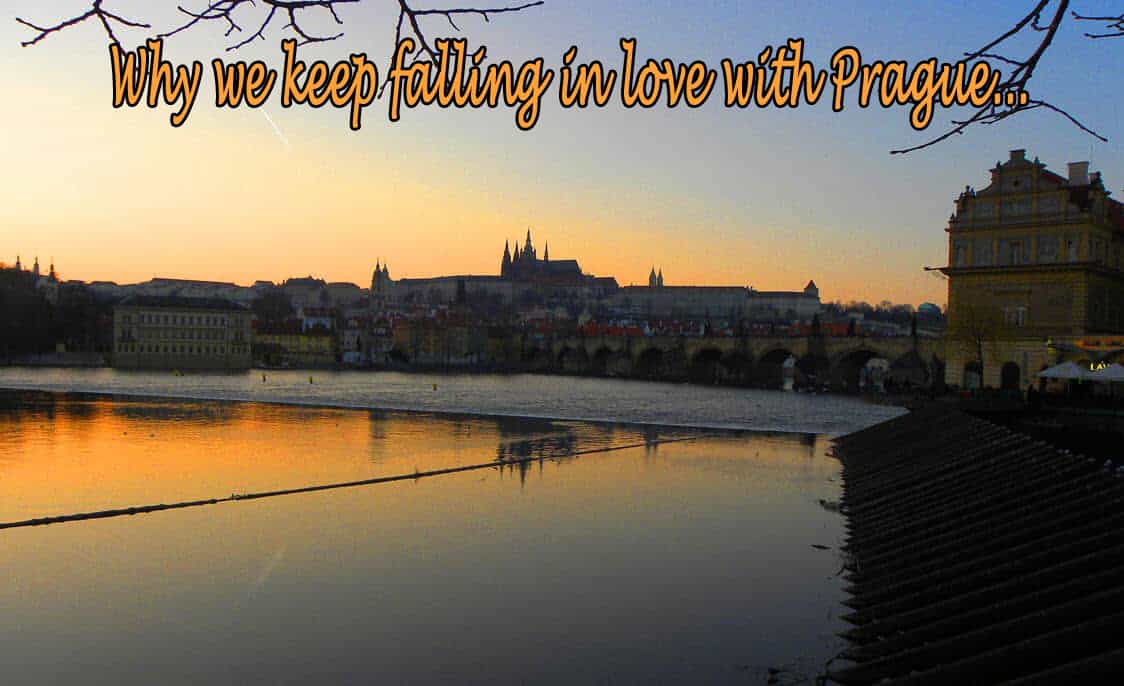
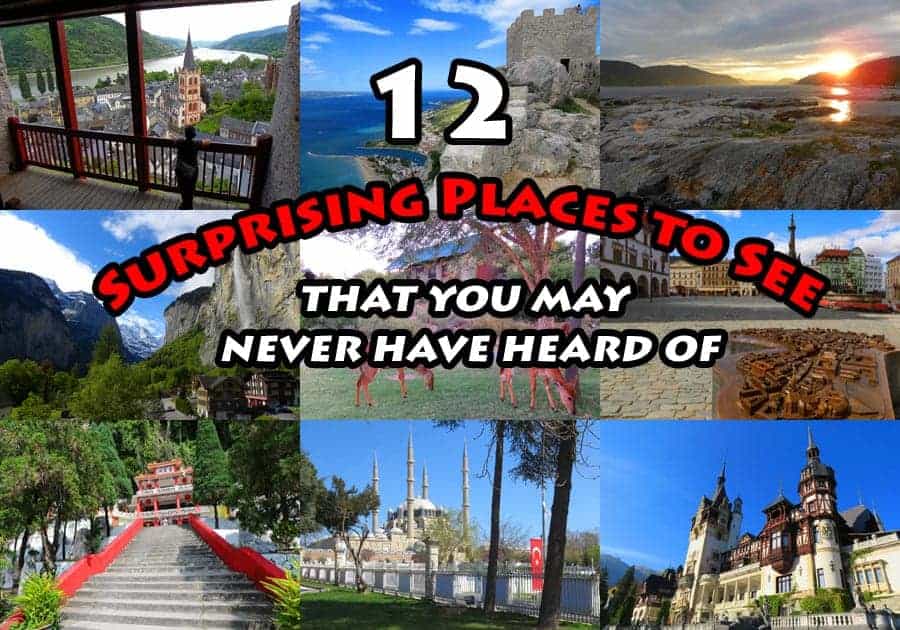
Leave a Reply